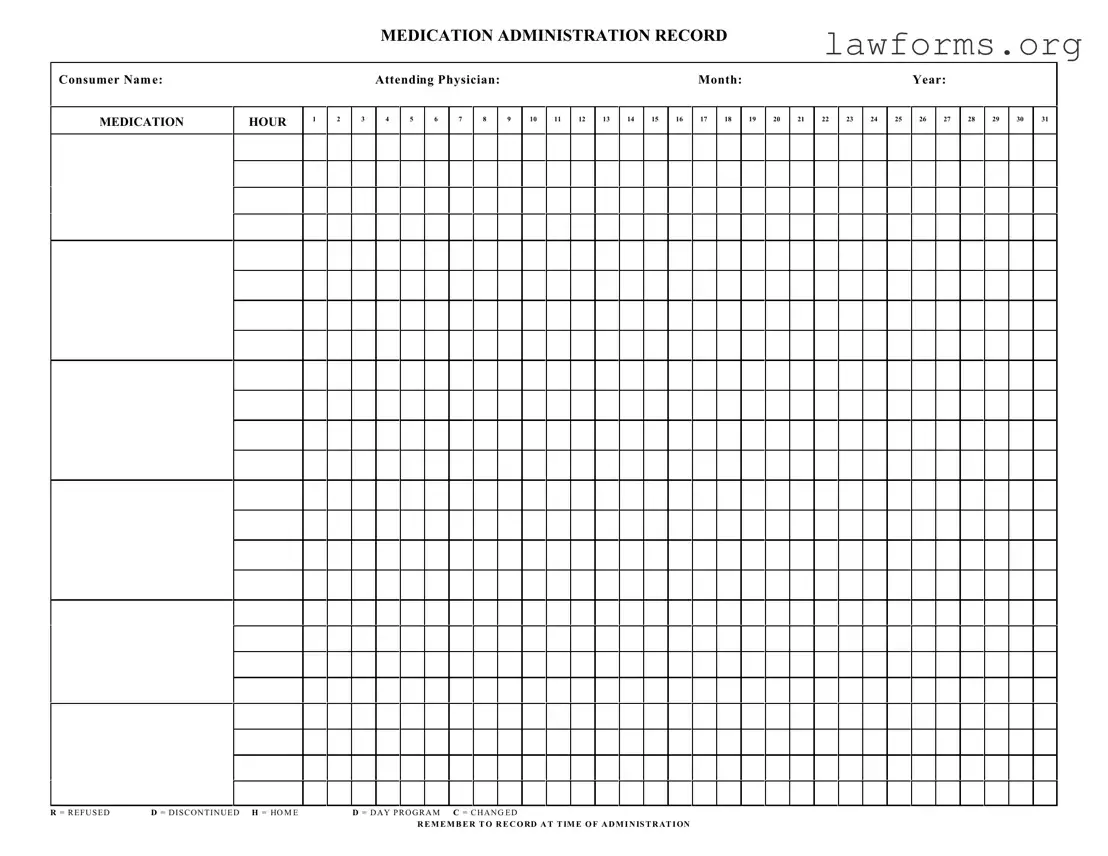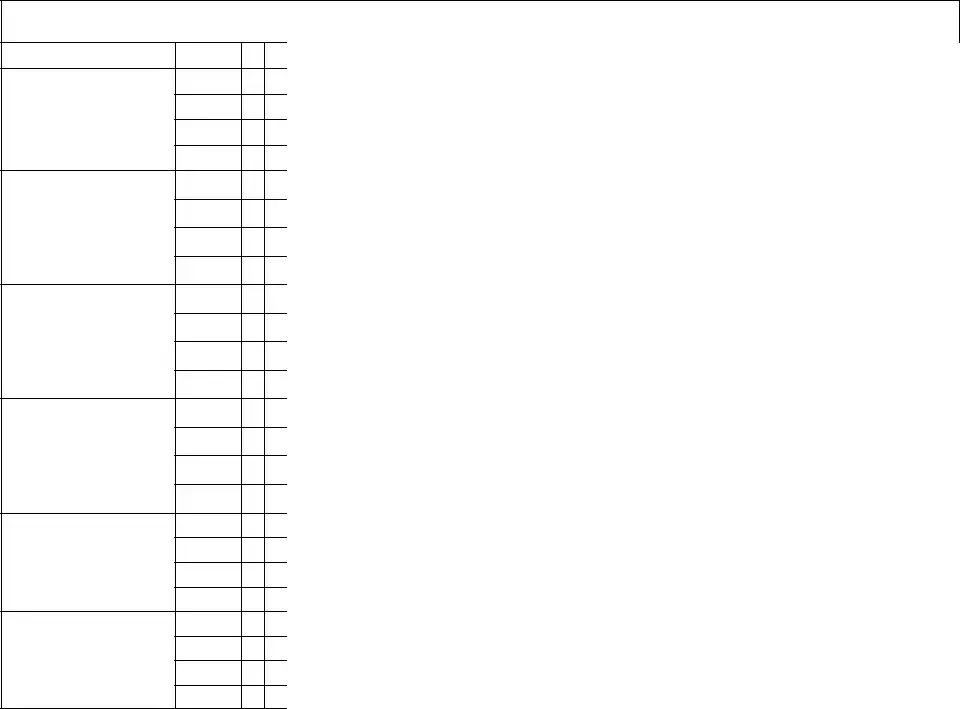Fill Out a Valid Medication Administration Record Sheet Template
The Medication Administration Record Sheet is a vital document used to track the administration of medications to consumers. It provides a clear and organized way to record medication details, including the consumer's name, attending physician, and the specific times medications are administered throughout the month. Accurate completion of this form is essential for ensuring safe and effective medication management.
To begin filling out the form, please click the button below.
Customize Document Online

